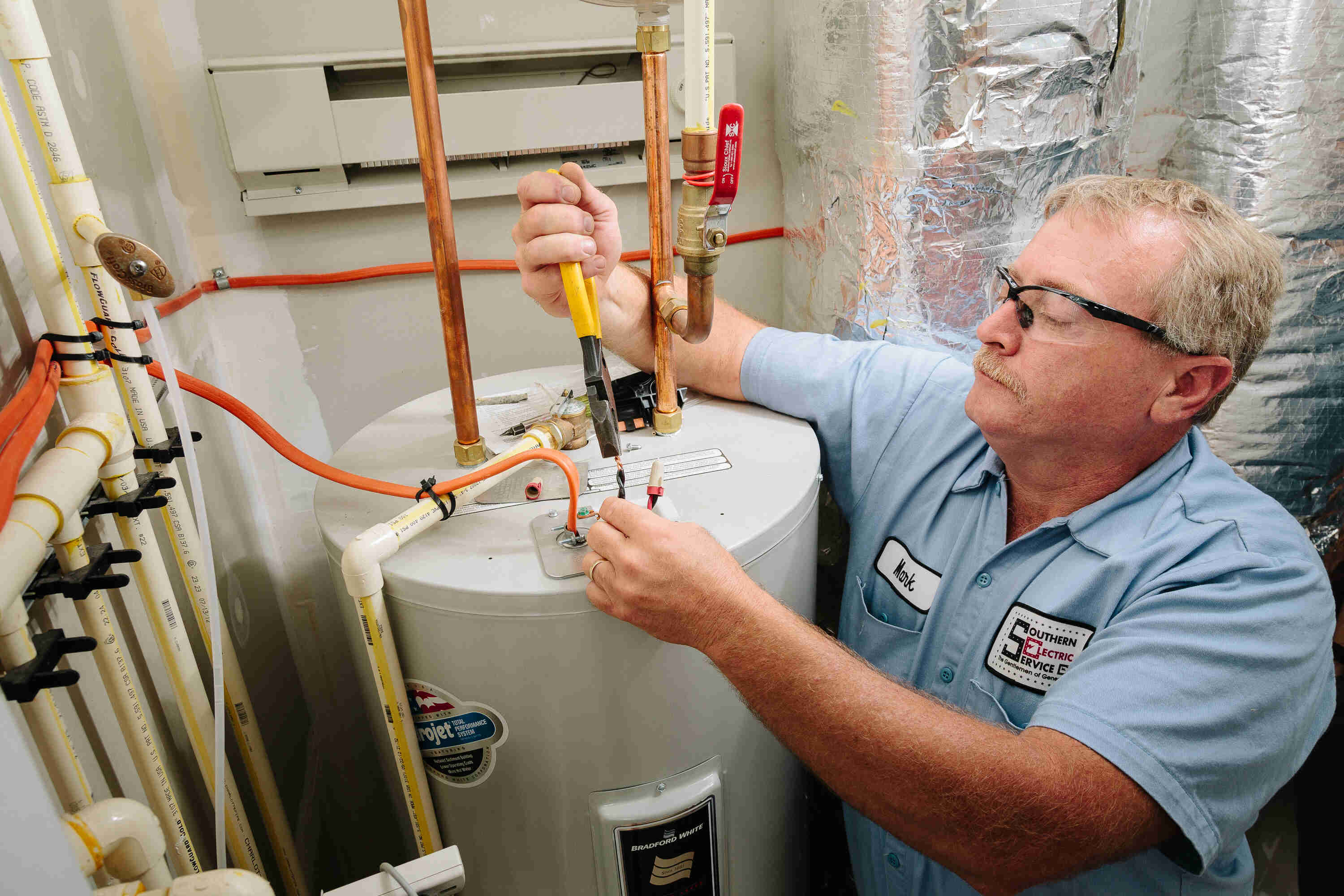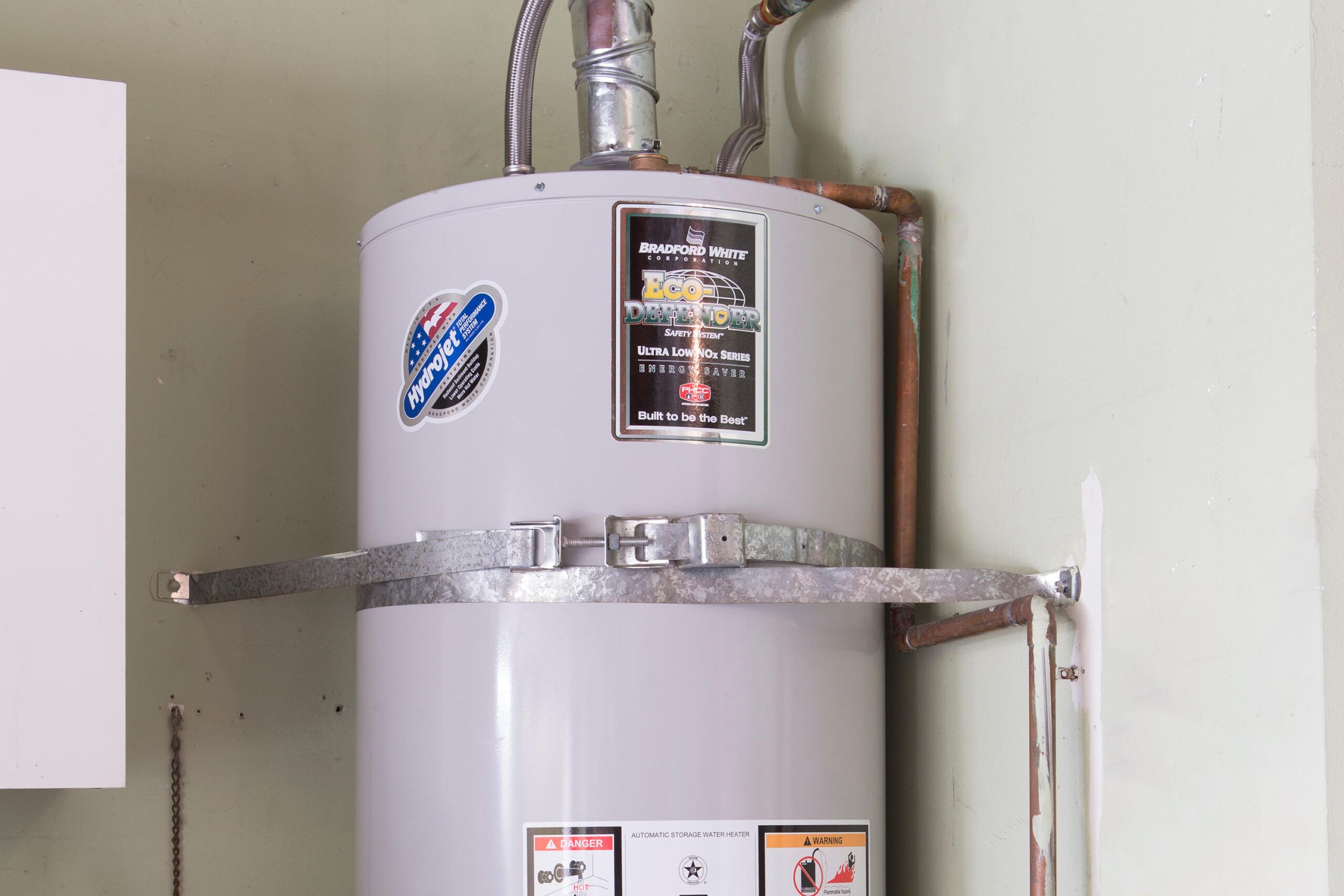Ways to Effectively Maintain Your Home's Hot Water System
Ways to Effectively Maintain Your Home's Hot Water System
Blog Article
This article down the page on the subject of How to Maintain a Hot Water Heater in a Few Simple Steps is exceedingly remarkable. Read it for your own benefit and decide what you think of it.

Warm water is essential for everyday comfort, whether it's for a refreshing shower or washing recipes. To guarantee your hot water system runs effectively and lasts much longer, regular maintenance is crucial. This write-up supplies sensible ideas and insights on just how to maintain your home's warm water system to avoid disruptions and costly fixings.
Introduction
Maintaining your home's warm water system may seem challenging, yet with a few easy actions, you can guarantee it runs efficiently for many years ahead. This overview covers everything from recognizing your hot water system to do it yourself upkeep pointers and recognizing when to call expert aid.
Significance of Preserving Your Warm Water System
Normal upkeep not only extends the life expectancy of your warm water system yet also ensures it runs successfully. Neglecting upkeep can bring about decreased effectiveness, higher power expenses, and also early failing of the system.
Indicators Your Hot Water System Needs Maintenance
Understanding when your warm water system requires interest can protect against significant concerns. Look out for indicators such as irregular water temperature level, strange sounds from the heater, or rusty water.
Flushing the Water Heater
Flushing your water heater removes sediment build-up, boosting efficiency and lengthening its life.
Monitoring and Changing Anode Rods
Anode poles prevent rust inside the tank. Checking and changing them when worn is vital.
Complicated Problems Requiring Professional Assistance
Instances include major leakages, electric problems, or if your water heater is consistently underperforming.
Regular Specialist Upkeep Advantages
Specialist upkeep can include complete assessments, tune-ups, and making sure compliance with safety and security criteria.
Checking and Adjusting Temperature Settings
Readjusting the temperature level settings makes certain ideal performance and safety and security.
DIY Tips for Upkeep
You can carry out several upkeep tasks on your own to maintain your hot water system in leading problem.
Checking for Leakages
Consistently check pipelines and links for leakages, as these can lead to water damage and greater expenses.
Comprehending Your Warm Water System
Prior to diving right into upkeep jobs, it's valuable to understand the standard parts of your hot water system. Typically, this consists of the hot water heater itself, pipelines, anode rods, and temperature level controls.
Monthly Upkeep Tasks
Regular regular monthly checks can help capture small issues prior to they escalate.
Evaluating Stress Relief Valves
Checking the pressure relief valve guarantees it operates correctly and stops too much stress buildup.
Shielding Pipes
Insulating warm water pipes minimizes warmth loss and can conserve power.
When to Call an Expert
While DIY upkeep is useful, some concerns require expert proficiency.
Final thought
Normal maintenance of your home's warm water system is crucial for efficiency, durability, and price financial savings. By following these ideas and recognizing when to seek expert assistance, you can make certain a dependable supply of hot water without unforeseen disturbances.
Water Heater Maintenance: The Basics
Maintaining your water heater will ensure it operates efficiently and has a longer lifespan. Neglecting regular maintenance can lead to costly repairs and an even bigger chunk of your savings if you have to replace it sooner than necessary. But there’s good news: Most water heater maintenance tasks are relatively simple and easy for homeowners with basic DIY skills.
Flush the Water Heater
Over time, sediment and minerals can build up in the tank, reducing its efficiency and potentially causing damage. To flush the tank, turn off the power or gas supply, attach a hose to the drain valve near the bottom and open the valve to drain the water until it runs clear. Ideally, flush the tank annually.
Replace the Anode Rod
The anode rod is a sacrificial metal rod that helps prevent corrosion inside the tank. Inspect and replace it every three to five years or per the manufacturer's recommendation. To replace the anode rod, turn off the power or gas supply, drain a few gallons of water from the tank, unscrew the old rod and replace it with a new one. If the anode rod is significantly corroded or covered in calcium buildup, it's a sign the water heater may need to be replaced soon.
Tune-Up
A yearly tune-up can help identify potential issues and ensure your water heater operates at peak efficiency. This typically involves checking the thermostat, burner assembly (for gas heaters) and any other components specified by the manufacturer. During a tune-up, the technician may also clean the burner and adjust the pilot light (for gas heaters) or examine the heating elements (for electric heaters).
How to Maintain Your Water Heater
Insulate the tank. Insulating the tank can improve energy efficiency and reduce heat loss, saving you money on energy bills. You can purchase precut insulation blankets designed specifically for water heaters or use standard fiberglass insulation wrapped securely around the tank. Check the temperature. The recommended water temperature for most households is around 120 degrees Fahrenheit (49 degrees Celsius). Higher temperatures can increase energy costs and potentially cause scalding. Use a kitchen thermometer to check the temperature at the faucet nearest the water heater. Monitor water pressure. Excessive water pressure can strain the water heater and cause leaks or even tank failure. Install a pressure-reducing valve if necessary. The ideal water pressure range is between 60 and 70 PSI (pounds per square inch). Test the temperature and pressure (T&P) relief valve. The T&P relief valve is a safety feature that releases pressure if the tank gets too hot or the pressure builds up too high. Test it annually by lifting the lever and allowing a small amount of water to release. Replace the valve if it doesn't release water or reseal properly. Check for leaks. Regularly inspect the tank, pipes and fittings for leaks or corrosion. Deal with issues promptly to prevent further damage. Even a small leak can lead to significant water damage over time. Consider a tankless water heater. If your traditional tank-style water heater is nearing the end of its lifespan ( typically 10 years), consider replacing it with a tankless water heater. These units heat water on demand, reducing standby energy losses and potentially saving you money on your energy bills. Schedule professional maintenance. While homeowners can perform many water heater maintenance tasks, it's still a good idea to schedule professional maintenance every few years. A plumber or HVAC technician can thoroughly inspect the unit, identify potential issues and ensure it operates safely and efficiently. https://www.homeserve.com/en-us/blog/home-improvement/hot-water-heater-maintanence/

As a person who reads about How to Maintain Your Water Heater & Prolong its Life, I thought sharing that topic was worth the trouble. In case you enjoyed reading our blog posting kindly be sure to pass it around. Thank you for your time invested reading it.
Call Today Report this page